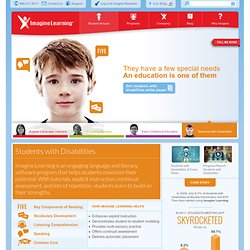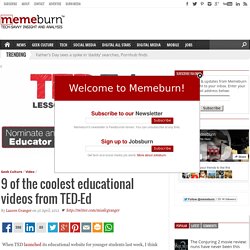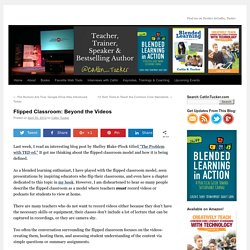

Special Education Apps. What Do Emotions Have to Do with Learning? Thinkstock When parents and teachers consider how children learn, it’s usually the intellectual aspects of the activity they have in mind.

Sidney D’Mello would like to change that. The University of Notre Dame psychologist has been studying the role of feelings in learning for close to a decade, and he has concluded that complex learning is almost inevitably “an emotionally charged experience,” as he wrote in a paper published in the journal Learning and Instruction earlier this year. During the learning experiments described in his paper, he notes, the participating students reported being in a neutral state only about a quarter of the time. The rest of the time, they were were experiencing lots of feelings: surprise, delight, engagement, confusion, boredom, frustration.
Another counter-intuitive contention made by D’Mello is that even negative emotions can play a productive role in learning. Animated agents discussing scientific case studies. Related. Imagine Learning: Students with Disabilities. Five Key Components of Reading No more roadblocks to reading.

Students with disabilities often struggle to acquire basic reading skills. Research indicates that these students benefit from instruction that is explicit and sequenced, ensuring that key prerequisite skills are met before more complex tasks are required. Imagine Learning provides explicit instruction in five basic reading skills: phonological awareness, phonics, fluency, vocabulary, and comprehension. Whether students are working to overcome comprehension deficits or processing deficits—or any number of roadblocks—Imagine Learning’s made-to-fit sequence of instructional activities reinforces the foundational skills that will best help them achieve literacy.
Explicit instruction in phonological awareness phonics fluency vocabulary comprehension Vocabulary Development A better way to learn the lingo. Contextualized instruction in basic vocabulary academic vocabulary content-specific vocabulary Listening Comprehension. Educational Technology. Critical & Creative Education. 9 of the coolest educational videos from TED-Ed.
By Lauren Granger on 30 April, 2012 398 Share When TED launched its educational website for younger students last week, I think teachers everywhere realised they had to up their game.

The 3-10 minute videos are designed to encourage curiosity and show how the world works using compelling animation and the audible explanations of a gifted teacher. Even if you’re not in high school, the videos are sometimes fascinating, sometimes kinda strange, but generally very cool. How Simple Ideas Lead to Scientific Discoveries. Flipped Classroom: Beyond the Videos.
Last week, I read an interesting blog post by Shelley Blake-Plock titled “The Problem with TED ed.”

It got me thinking about the flipped classroom model and how it is being defined. As a blended learning enthusiast, I have played with the flipped classroom model, seen presentations by inspiring educators who flip their classrooms, and even have a chapter dedicated to this topic in my book. However, I am disheartened to hear so many people describe the flipped classroom as a model where teachers must record videos or podcasts for students to view at home. There are many teachers who do not want to record videos either because they don’t have the necessary skills or equipment, their classes don’t include a lot of lecture that can be captured in recordings, or they are camera shy. Too often the conversation surrounding the flipped classroom focuses on the videos- creating them, hosting them, and assessing student understanding of the content via simple questions or summary assignments. 1.
Creative Education SIMMERING POT. 10 Ideas in Pursuit of a Global Curriculum. This book is published through TeachThought by Terry Heick as part of the Innovate Learning series. Background Now over a decade into the 21 st century, there is tremendous pressure for education to “globalize.” What this means exactly isn’t universally agreed upon. In major world markets, the business world globalized decades ago, expanding beyond domestic markets in pursuit of more diverse audiences and stronger profits. And while major players in business continue to experiment and find their way in markets whose culture and buying practices diverge from those domestic, the “field” of education has been slow to follow suit. This is made all the more strange by the relationship between education and economic systems. 25 TED Talks Perfect For Classrooms. The 50 Best Sources of Free STEM Education Online 12.05K Views 0 Likes Colleges, universities, and other educational forums in your community can be excellent places to learn more about a variety of STEM topics, but there is also a wealth of educational material available on the web for those who prefer to learn at their own pace or take a more individual approach.
The Quest to Gamify Education - One goal: To increase student engagement by incorporating game mechanics within the classroom. Considering Using Technology In Education? Read This First. Back in February, a local Swedish newspaper reported that the Stockholm suburb of Sollentuna planned to transition entirely away from textbooks to tablet PCs by 2013. In a familiar argument, Sollentuna ed leaders argued that their schools should embrace technology–that they were in, in fact, in the ‘backwater’ compared to others. Insecurity The evolution of anything depends on (sometimes unequal parts) emotion and logic. For many professionals, there is a constant insecurity that someone somewhere is doing it better–faster, smarter, for less money, with better results.